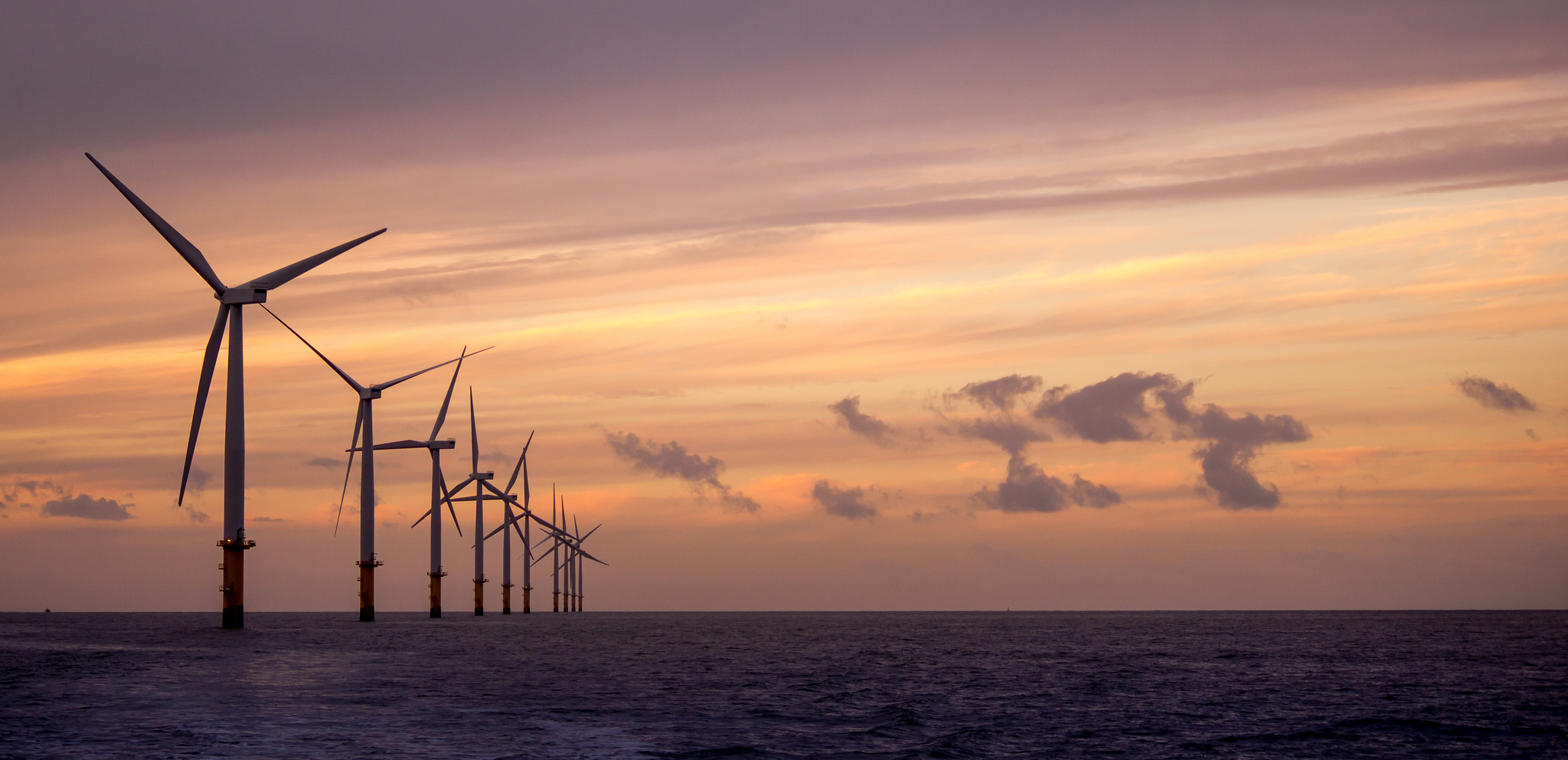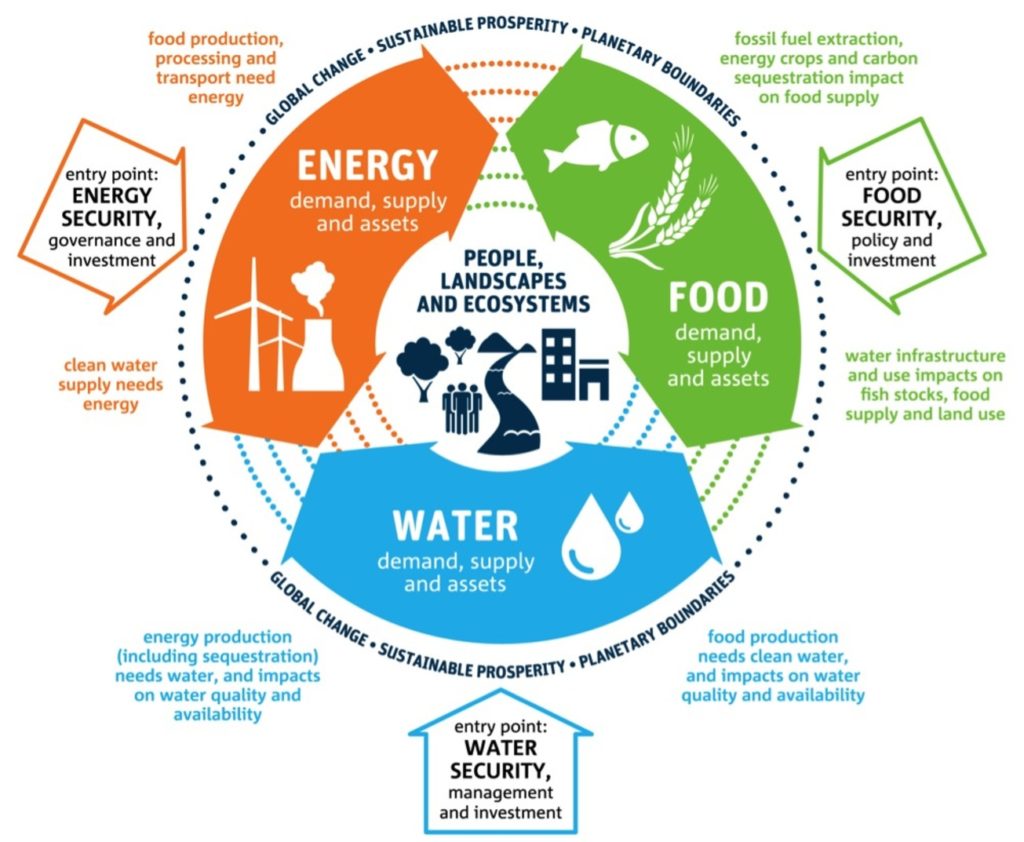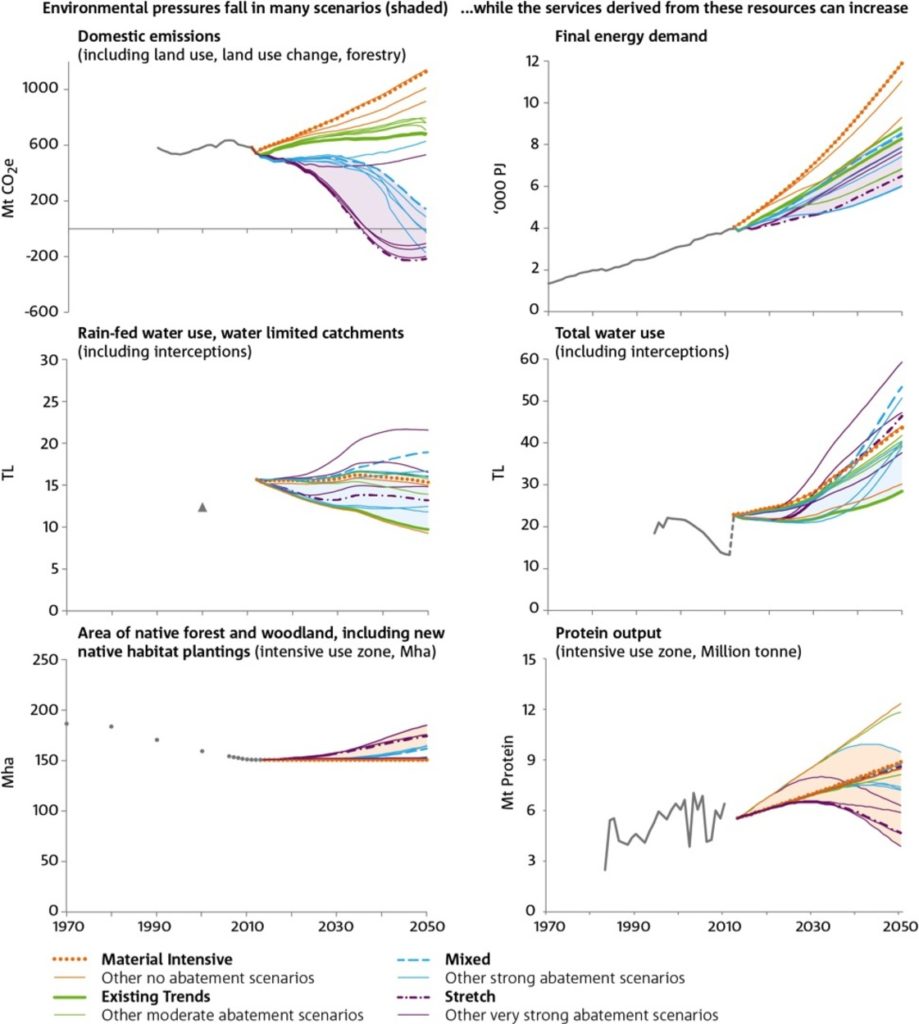Australia could make enormous progress towards a more environmentally sustainable future without a major change in what we value. Here's how.

Australia can balance energy, water and food needs with the environment. Flickr: Aaron
A sustainable Australia is possible – but we have to choose it.
That’s the finding of a paper published today in Nature.
The paper is the result of a larger project to deliver the first Australian National Outlook report, more than two years in the making, which CSIRO is also releasing today.
As part of this analysis we looked at whether achieving sustainability will require a shift in our values, such as rejecting consumerism. We also looked at the contributions of choices made by individuals (such as consuming less water or energy) and of choices made collectively by society (such as policies to reduce greenhouse gas emissions).
We found that collective policy choices are crucial, and that Australia could make great progress to sustainability without any changes in social values.
Competing views
Few topics generate more heat, and less light, than debates over economic growth and sustainability.
At one end of the spectrum, “technological optimists” suggest that the marvellous invisible hand will take care of everything, with market-driven improvements in technology automatically protecting essential natural resources while also improving living standards.
Unfortunately, there is no real evidence to back this, particularly in protecting unpriced natural resources such as ocean fisheries, or the services provided by a stable climate. Instead the evidence suggests we are already crossing important planetary boundaries.
At the other end of the spectrum, people argue that achieving sustainability will require a rejection of economic growth, or a shift in values away from consumerism and towards a more ecologically attuned lifestyles. We refer to this group as advocating “communitarian limits”.
A third “institutional reform” approach argues that policy reform can reconcile economic and ecological goals – and is attacked from one side as anti-business alarmism, and from the other as indulging in pro-growth greenwash.
Income up, environmental pressures down
My colleagues and I have spent much of the past two years developing a new framework to explore how Australia can decouple economic growth from multiple environmental pressures – including greenhouse emissions, water stress, and the loss of native habitat.
We use nine linked models to assess interactions between energy, water and food (and links to ecosystem services) in the context of climate change.

The National Outlook focuses on the intersection of water, energy and food.
The project provides projections for more than 20 scenarios, exploring different potential trends for consumption and working hours; energy and resource efficiency; agricultural productivity; new land-sector markets for energy feedstocks and ecosystem services; national and global abatement efforts, climate, and global economic growth.
While our major focus is on Australia, at the national scale, we also model what might happen globally, and at more detailed state and local scales within Australia.
We find economic growth and environmental impacts can be decoupled − in the right circumstances. National income per person increases by 12-15% per decade from now to 2050, while the value of economic activity almost triples.
In stark contrast to income, which rises across all scenarios, environmental performance varies widely. Key environmental indicators such as greenhouse gas emissions, water stress, and native habitat and biodiversity are projected to more than double, stabilise, or fall across different scenarios to 2050.
As shown in the chart below, we find that energy rises in all scenarios, but that greenhouse emissions can fall at the same time – with the right choices and technologies. Water use can also rise without increasing extractions from already stressed catchments. Food output (here indicated by protein) can increase, while native habitat is restored.
Many of the 20 scenarios explored would represent substantial progress towards sustainable prosperity.
Indeed, we find that Australia could begin to repair past damage: restoring significant areas of native habitat and achieving negative emissions (net sequestration) of greenhouse gasses.
Growth of what?
We use the normal definition of economic growth as measured by increase in Gross Domestic Product (GDP) – the value of goods and services produced in an economy – consistent with the national accounts framework.
Some authors use a different definition, most notably Herman Daly a leading advocate for a steady state economy. Daly defines growth as an increase in physical economic scale, such as resource extraction, and goes on to argue that indefinite (material) economic growth is not possible.
While this may be true, for his definition, it can be confusing for people that do not realise he is not referring to GDP growth. Indeed, Daly recently acknowledged that economic (GDP) growth is possible with finite resources and steady material throughput.
These definitions matter: we project growth (GDP – measured in real dollars, adjusted for inflation) increases by more than 160% in scenarios where domestic material extractions and throughput (measured in tonnes) decreases by around 40%.
Choosing a sustainable future
But here is the real crunch: we find these substantial steps toward sustainability could build on policy approaches that are already in place in Australia or other countries. This implies Australia could make enormous progress towards a more sustainable future without a major change in what we value.
We can be confident that a values shift is not required to achieve these outcomes – at least before 2050 – because none of the scenarios we modelled assume change in values or a new social or environmental ethic.
Instead, we show that people will make choices to change their behaviour to make the best of particular policy settings. These choices shape production and consumption.
For instance, we consider increasing Australia’s climate effort in line with other countries would be consistent with Australian public opinion and assessments of Australia’s national interest in limiting the rise in average global temperature to 2°C. So we do not interpret this as implying a change in values.
But we find collective choices are crucial. For example, individual choices about whether to drive or catch a train to work are strongly shaped by prior collective choices about transport infrastructure. Collective choices are often, but not always implemented through changes in government policy, legislation, and programs.
We find collective choices explain around 50-90% of differences in environmental performance and resource use across the scenarios we model. Consistent with the institutional reform approach, we find top-down collective choices are particularly important in shaping “public good” outcomes – accounting for at least 83% of the difference between scenarios for greenhouse gas emissions.
Bottom-up individual choices play a greater role when private and public benefits are aligned. For instance individual choices account for up to half of the difference between scenarios for energy use (33–47%) and non-agricultural water consumption (16–53%).
While individual choices are important, we find decisions we make as a society are likely to shape Australia’s future sustainability more than the decisions we make as businesses and households.
Sustainable prosperity is possible, but not predestined. Australia is free to choose.
![]()
Steve Hatfield-Dodds, Chief Scientist, Integration science and public policy, CSIRO
This article was originally published on The Conversation. Read the original article.



13th November 2015 at 8:36 am
Despite whatever good intentions you may have had this report seems to have been prepared in a Star Chamber without any consideration of what occurs in the world outside let alone acknowledge the multifarious manifestations of human ‘nature’. It would be most interesting to know what is meant by ‘sustainable’. As for the meek acceptance of economic ‘growth’; in the words of the late great Edward Abbey, ‘growth is the ideology of the cancer cell!’ But then according to this report it is not necessary to address the values of society as policy and politicians will correct and improve the planets life support systems, based on computer models. Like, we can trust that to work, despite the reality of human history the assumption that managers in government will do things for the betterment of the nation and its inhabitants. Somehow desalination plants that require a lot of power will pop up and provide for the growing population (that is sacrosanct), while we reduce our greenhouse gas emissions by planting a monoculture of fast growing eucalypt trees no doubt under a work for the dole scheme. I seriously doubt the assumptions in this report will have any truth or bearing on the lives of the average citizen. The thought of it being used to guide our future direction is frightening.
9th November 2015 at 3:28 pm
How to make water without hugely energy intensive projects? Where is your view on population control? What values do you mean? Greed and importing chinese gadgets? Mining the place into a desert? This is too woolly to be of use.
8th November 2015 at 3:19 pm
You are less than fair or accurate in your statement “Daly recently acknowledged that growth is possible with finite resources and steady material throughput”
What is missing is that the growth Daley refers to is Quality not material necessary in a world of finite resources other than quality which denies the assumption of economists in general that continuous material growth is possible.
If this is correct then neoliberal economics is useless and as Daley in his 2005 paper a finite world requires that the question of biophysical possibility is begged.
A new economic ball park not the one your paper deals with
Yes semantics is the key
Pingback: CSIRO study shows need for collective action on environmental issues | edo tasmania